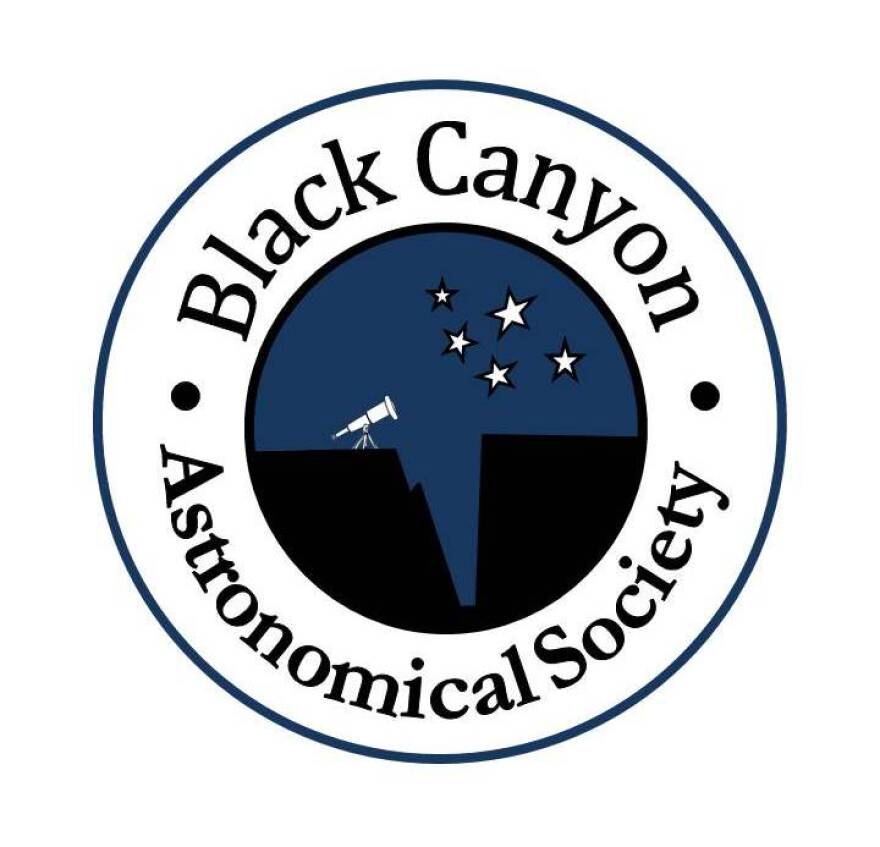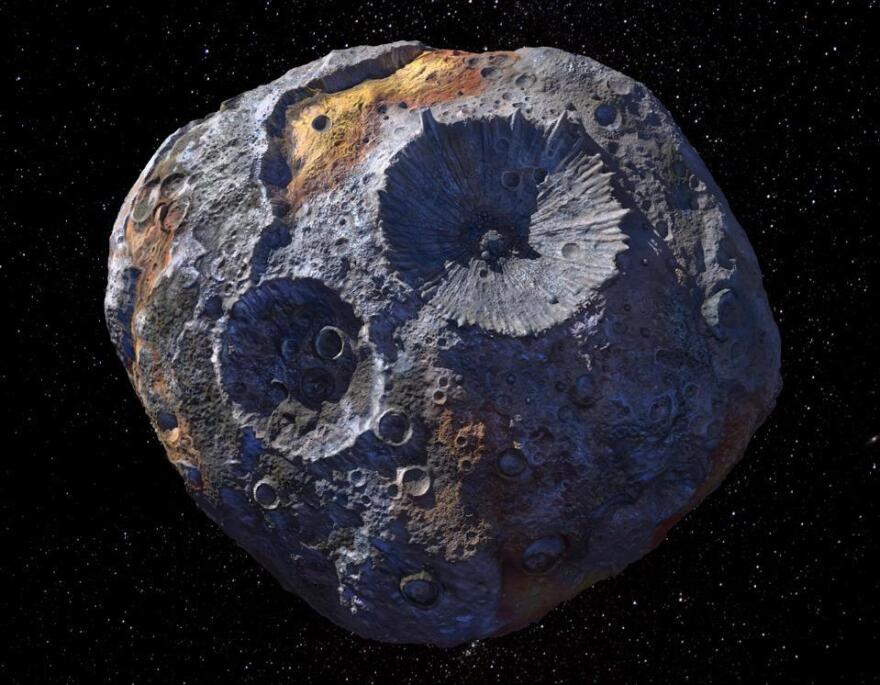Likely you have heard of the asteroid belt, that planetary graveyard between the orbits of Mars and Jupiter, where numerous space rocks revolve around the Sun. The asteroids formed early in the Solar System’s development, when pre-planetary bodies (planetesimals) repeatedly collided under Jupiter’s immense gravitation, continually fragmenting into what we see today. You may know some of their names— Ceres, Vesta, Pallas, Juno. You can add one more to your list-- the strange, spud-shaped world of Psyche.
Psyche is a large asteroid, about 140 miles wide, weighing 24 quadrillion tons. It orbits at a mean distance of 280 million miles from the Sun, taking five Earth years to complete one of its own. In contrast, it completes one “day” in just over four hours, rotating nearly sidewise like Uranus. Italian astronomer Annibale de Gasparis discovered Psyche in March 1852, naming it after the Greek goddess of the soul. The number 16 sometimes precedes the name, indicating its order in asteroid discovery.
Asteroids generally are carbon-rich (C-type) or silicate-rich (S-type) in makeup. Infrared observations, however, suggest Psyche is unusually metal-rich (M-type), estimated to be nearly 90% iron and nickel, and about 10% orthopyroxene (a silicate mineral). A class of terrestrial meteorites (mesosiderites) has the same makeup; astronomers speculate they originated from Psyche. Also speculated is that Psyche is the ancient core of a large planetesimal, shorn clean through asteroidal collision. Earth’s interior is theorized to harbor a similar core. Lacking foreseeable means to directly access our planet’s heart, studying Psyche offers the next best thing.
NASA has slated a Psyche orbiter mission for later this decade, based on an Arizona State University science team proposal. The spacecraft will launch in August 2022, atop a SpaceX Falcon Heavy rocket. (See it under construction here.) After hitching a gravity boost from a 2023 Mars flyby, the craft will settle into orbit in early 2026, remotely mapping and probing Psyche over 21 months. Unfortunately, the orbiter will be unable to take a return sample.
Forbes Magazine has speculated that Psyche’s metal is worth about $10 quintillion— 70,000 times the current global economy. This raises the prospect of space mining. But a word of caution before you diversify your bonds: space mining technology does not yet exist, and likely is several decades away. A glut of refined Psychean ore could severely depress metal commodity prices, turning space boom into bust. Yet, one day we may run out of available terrestrial iron and nickel, and turn our eyes (and proverbial pickaxes) heavenward to Psyche.

Western Slopes Skies is produced by the Black Canyon Astronomical Society. This episode was written and voiced by Michael T. Williams.


